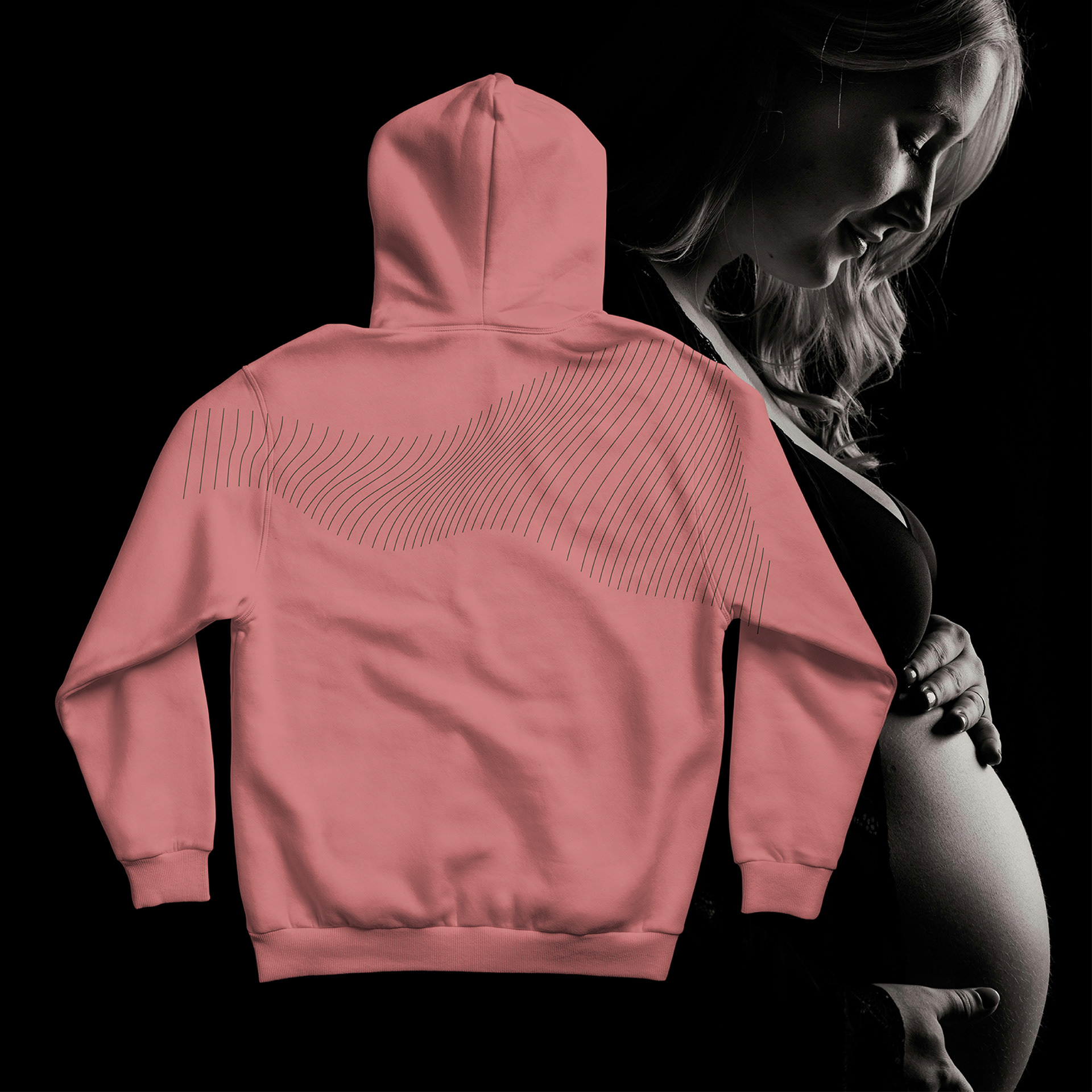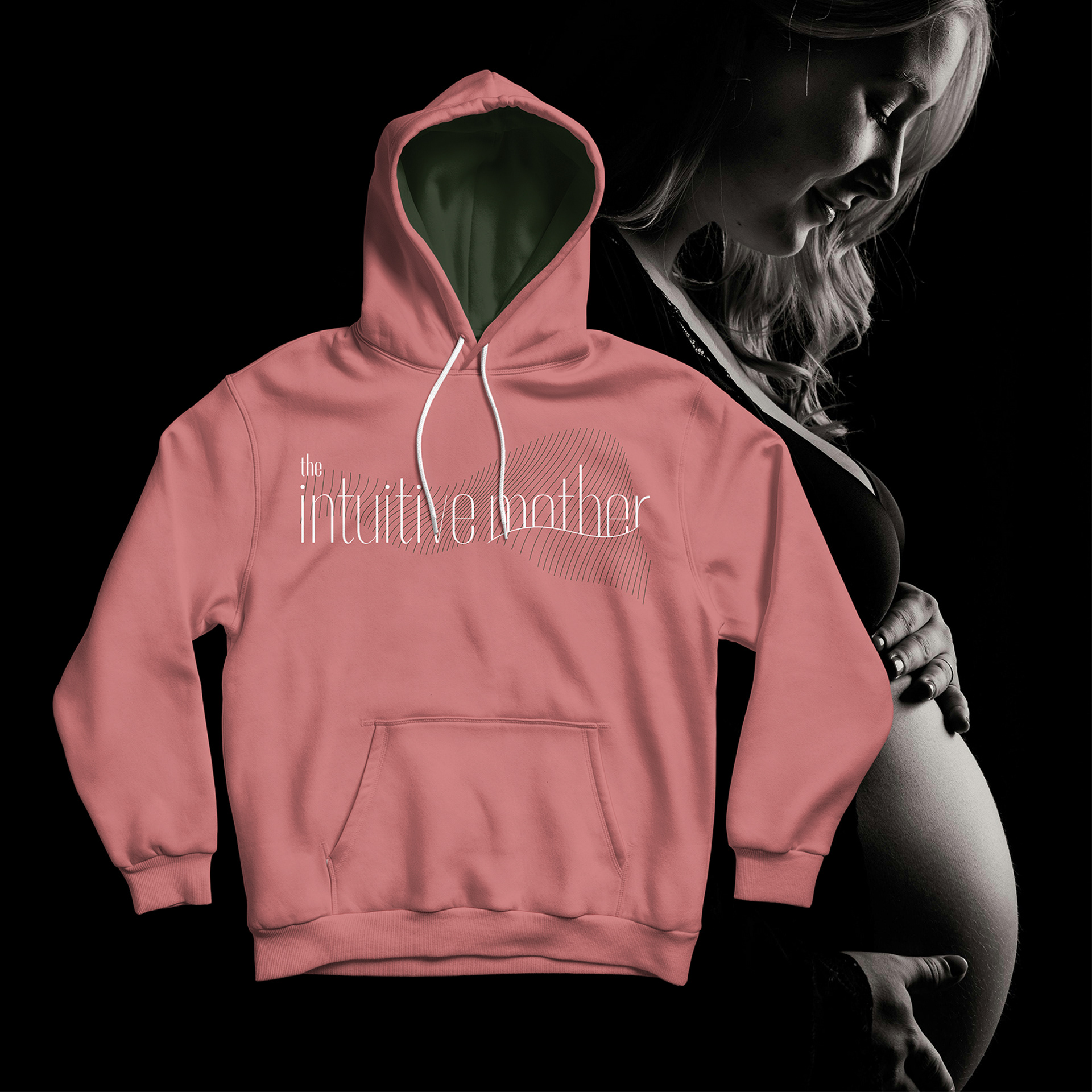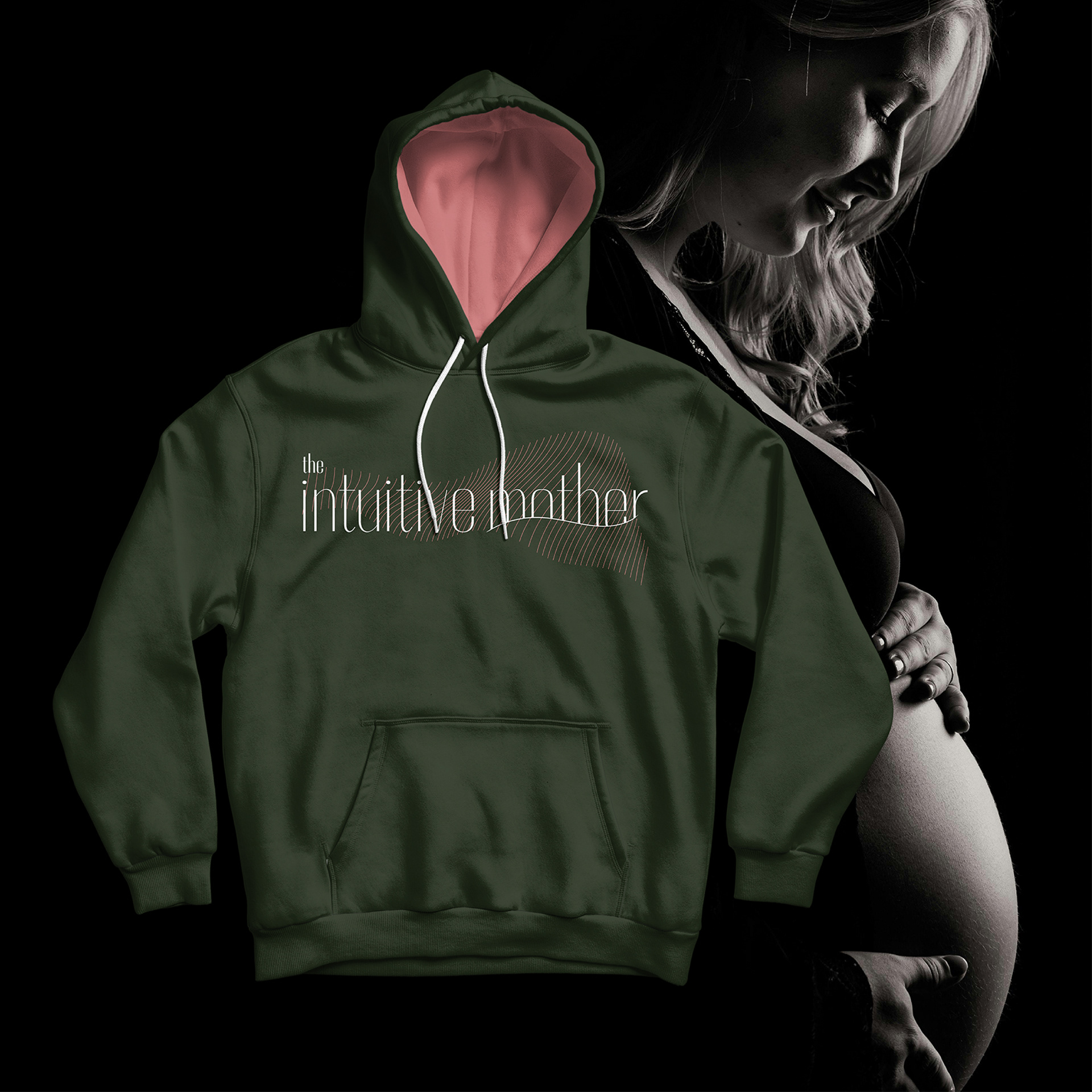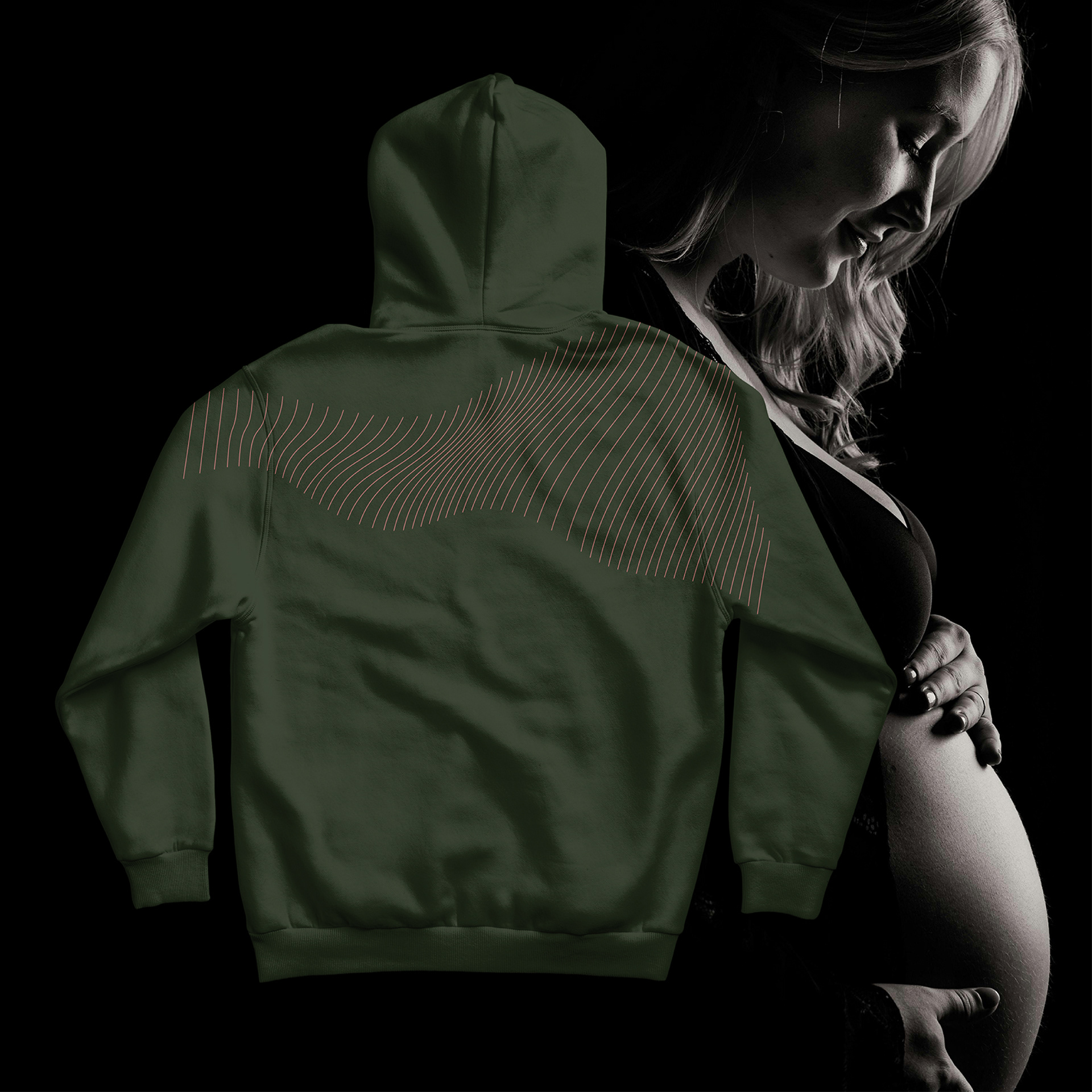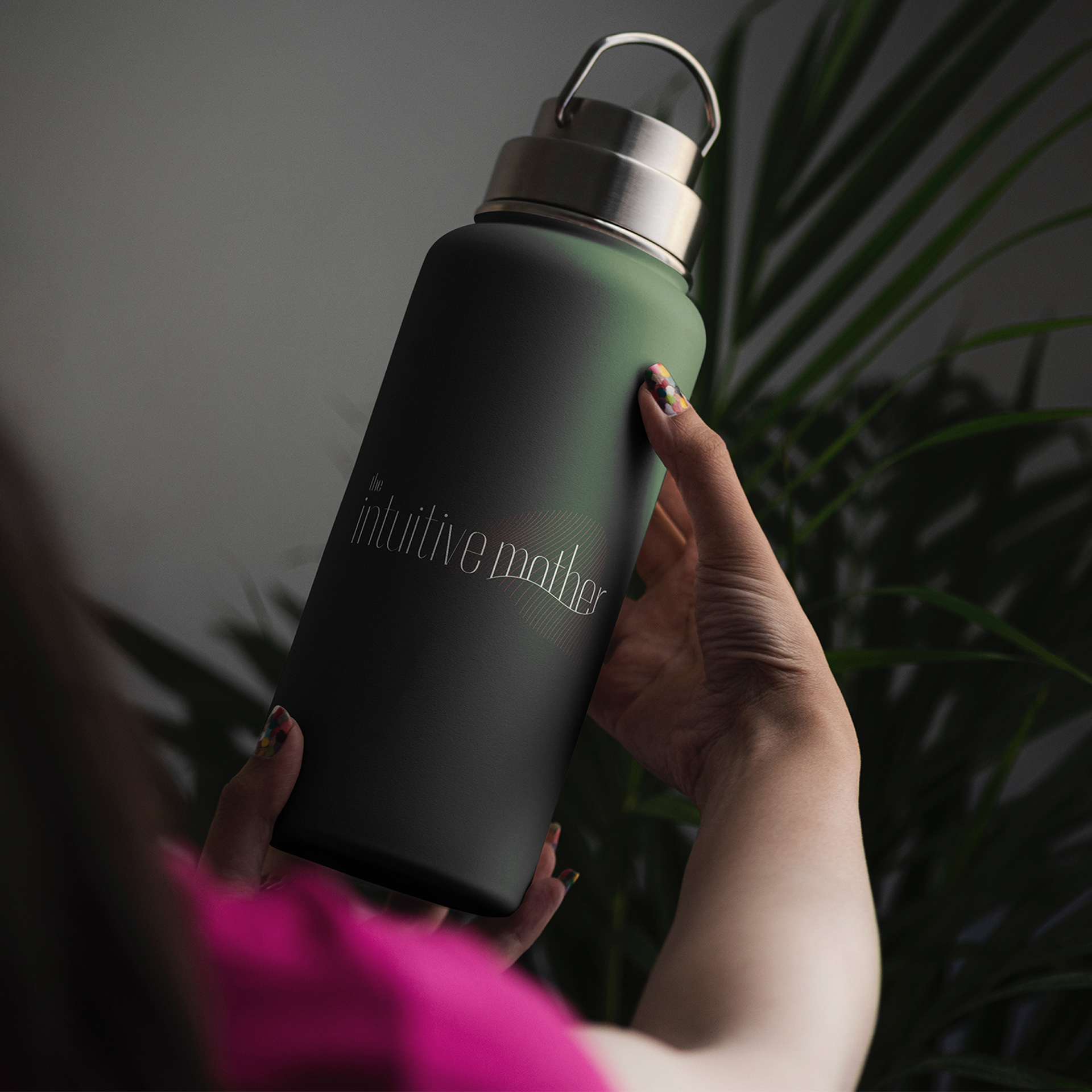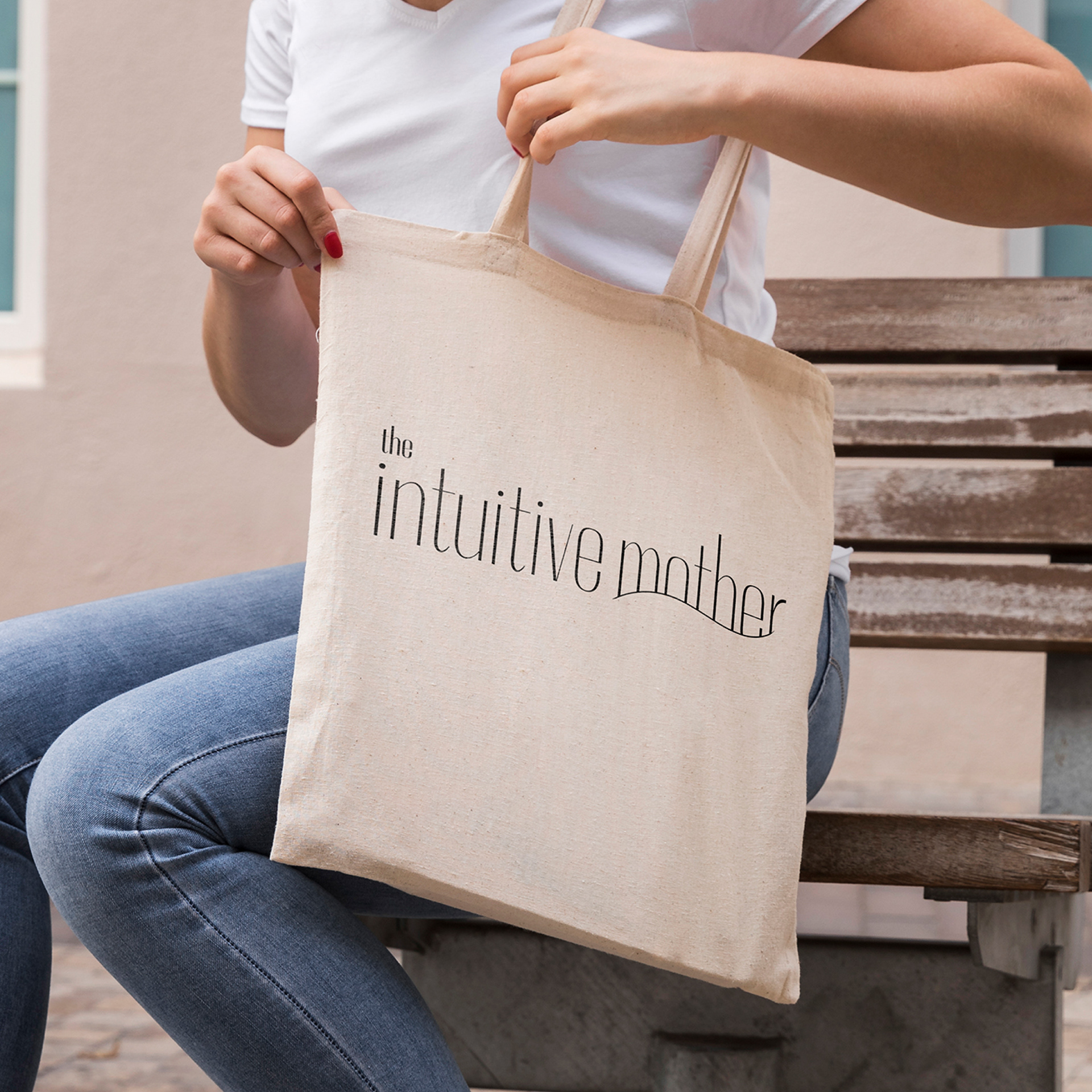Every successful brand begins with a clear purpose and a strong identity. This page takes you behind the scenes of my branding process—from research and discovery through to concept development and final execution. It’s where strategy meets creativity, and where thoughtful decisions shape visual storytelling. Here, I’ll walk you through how I approach building a brand from the ground up, the questions I ask, the rationale behind my design choices, and how I bring a brand’s personality to life.
1.
To begin shaping a brand, I start by uncovering the heart of the business—its origin story. I gather insights from conversations with the founder, the business plan, mission statement, and most importantly, the core values that drive the brand forward. This context helps me understand not just what the business does, but why it exists. From there, I shift focus to the intended audience—researching demographics, behaviours, needs, and motivations. I use this information to build a detailed customer persona: a semi-fictional representation of the ideal customer that brings the audience to life. This persona becomes a guiding tool, helping me ensure every brand decision—from tone of voice to visual identity—is aligned with the people it’s meant to speak to.
2.
With a deep understanding of the brand’s story and its audience, I move into the ideation phase—where insight starts to take visual form. The values, mission, and persona guide every creative decision, helping define not just what the brand looks like, but how it feels. I explore visual directions that express the brand’s personality and purpose, considering tone, style, colour, and typography that align with both the founder’s vision and the audience’s expectations. This stage is about setting a clear, strategic direction that ensures the brand is both authentic and emotionally resonant from the very first impression.
To keep the design process grounded and aligned, I create a moodboard that captures the visual essence of the brand. It acts as a creative compass, pulling together imagery, colour palettes, typography, textures, and references that reflect the brand’s tone, personality, and positioning. The moodboard is more than just inspiration—it’s a strategic visual filter that ensures consistency, clarity, and cohesion throughout the design process. It helps me stay focused on the intended direction, while also giving stakeholders a tangible sense of the brand’s look and feel before moving into design execution.
Once the creative direction is defined, I begin the thumbnailing stage—rapid, small-scale sketches that allow me to explore a range of ideas quickly. This part of the process is about experimentation without commitment; it's where I test out shapes, compositions, and symbols that could represent the brand. By keeping things loose and informal, I can push creative boundaries and uncover unexpected solutions. Thumbnailing helps me evaluate what works visually, what aligns with the brand’s story, and what has the potential to evolve into a strong, memorable identity.
3.
Once a visual direction is agreed upon—whether it's a logo concept, colour story, or overall aesthetic—I move into the refinement stage. This is where initial ideas are polished and shaped into a cohesive visual identity. I fine-tune details, explore variations, and begin building out the visual language of the brand. From typography and colour systems to supporting graphics and image styles, I create a toolkit of consistent design elements that bring the brand to life across different touchpoints. This refined visual identity becomes the foundation for all brand communications going forward.
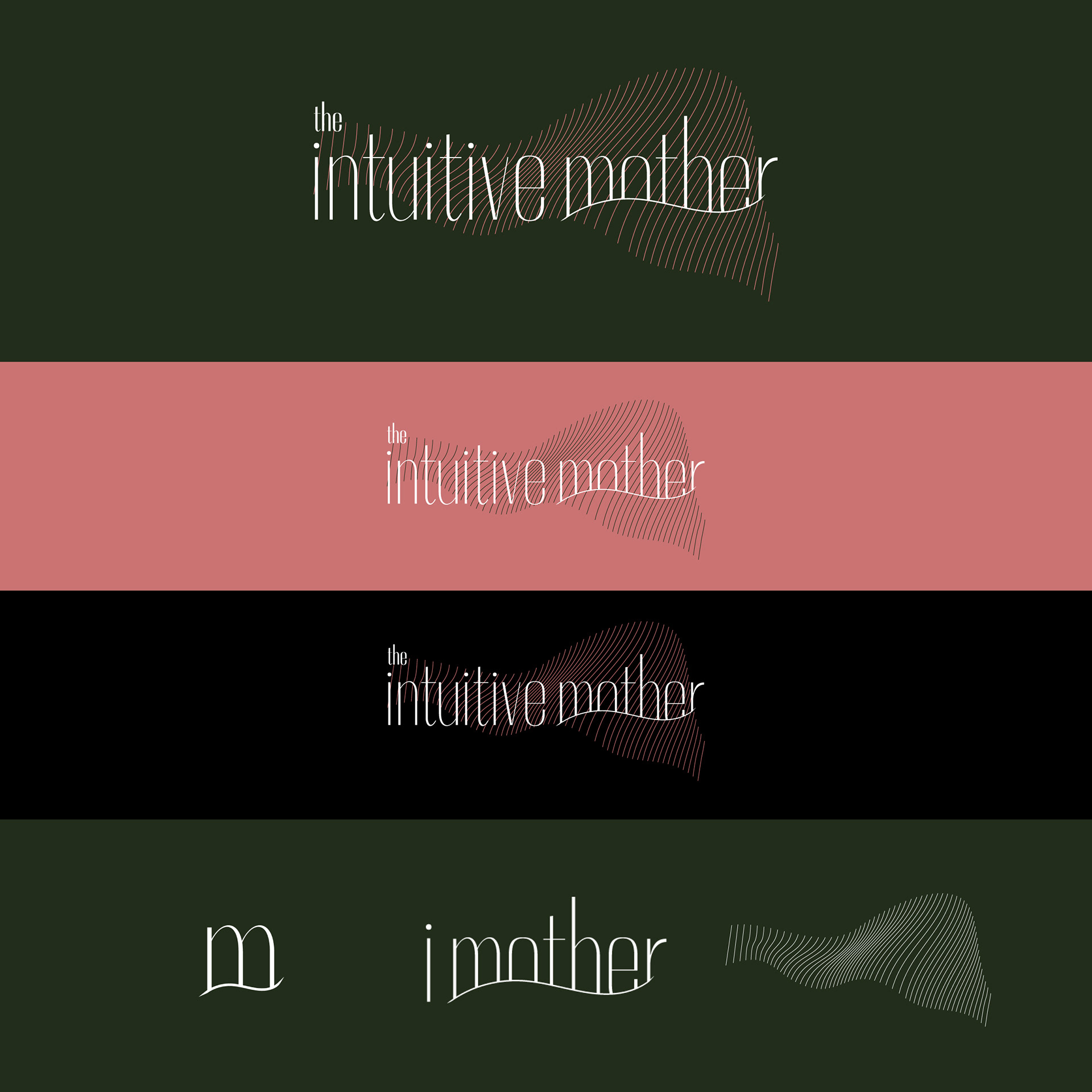
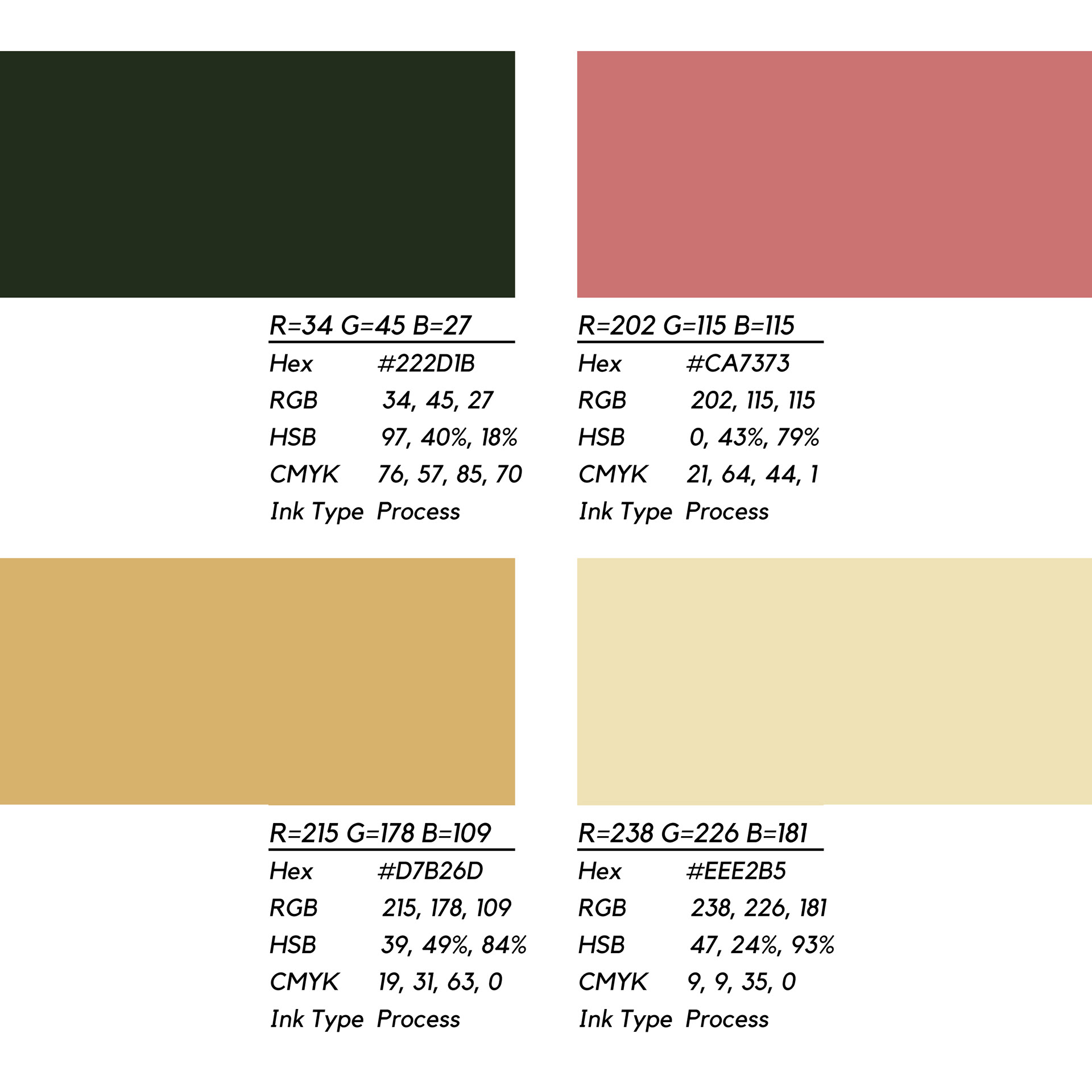
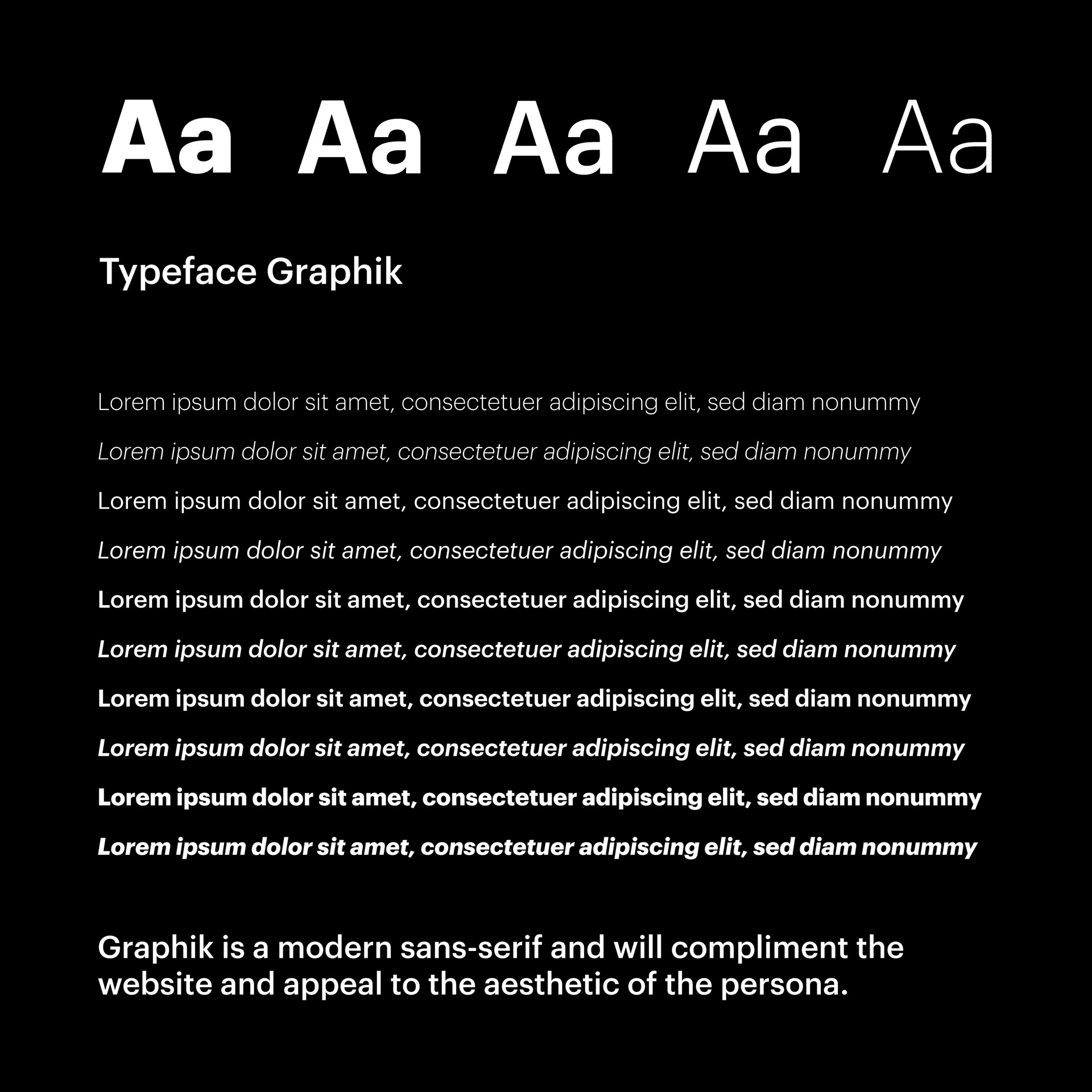
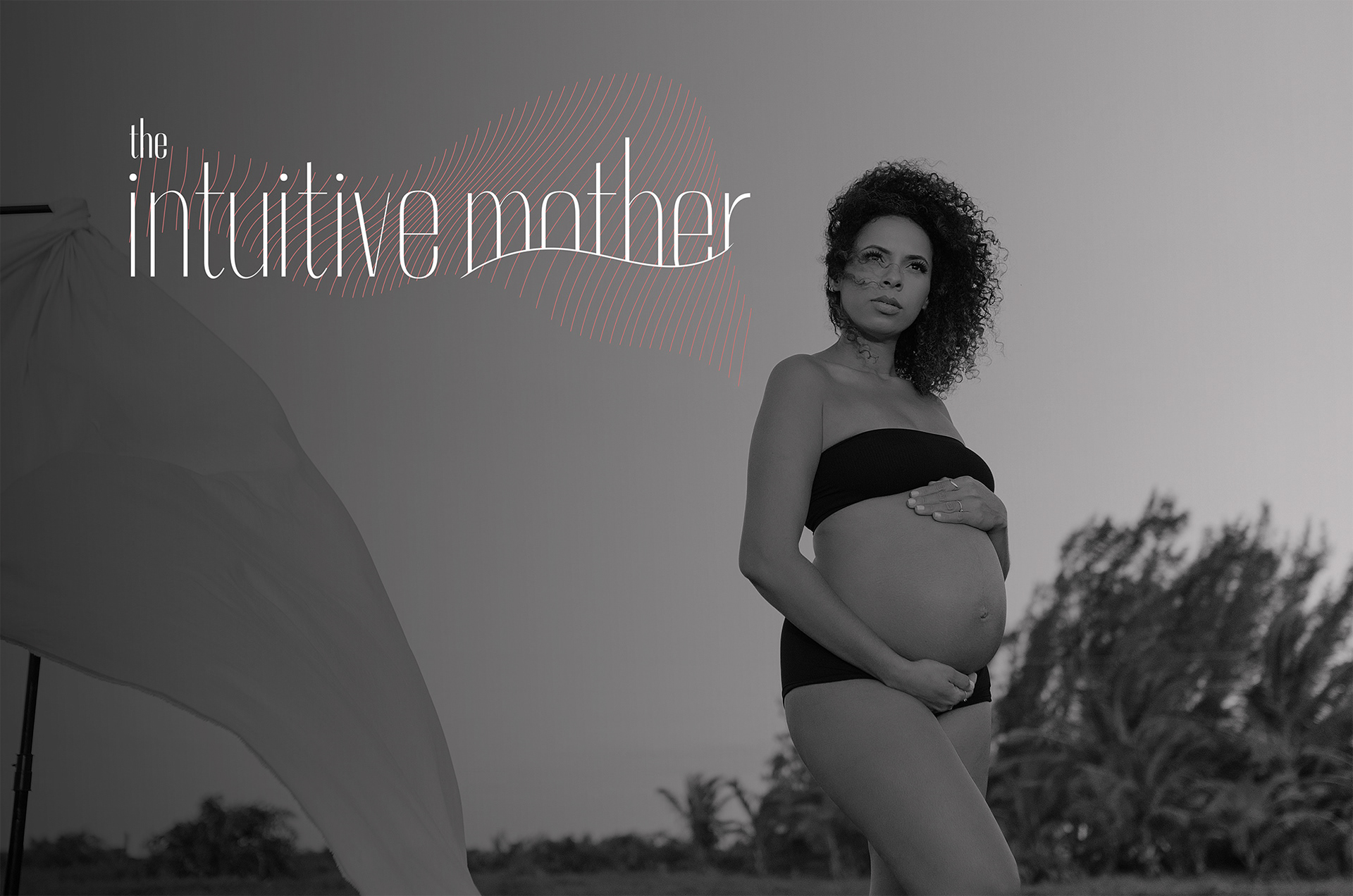
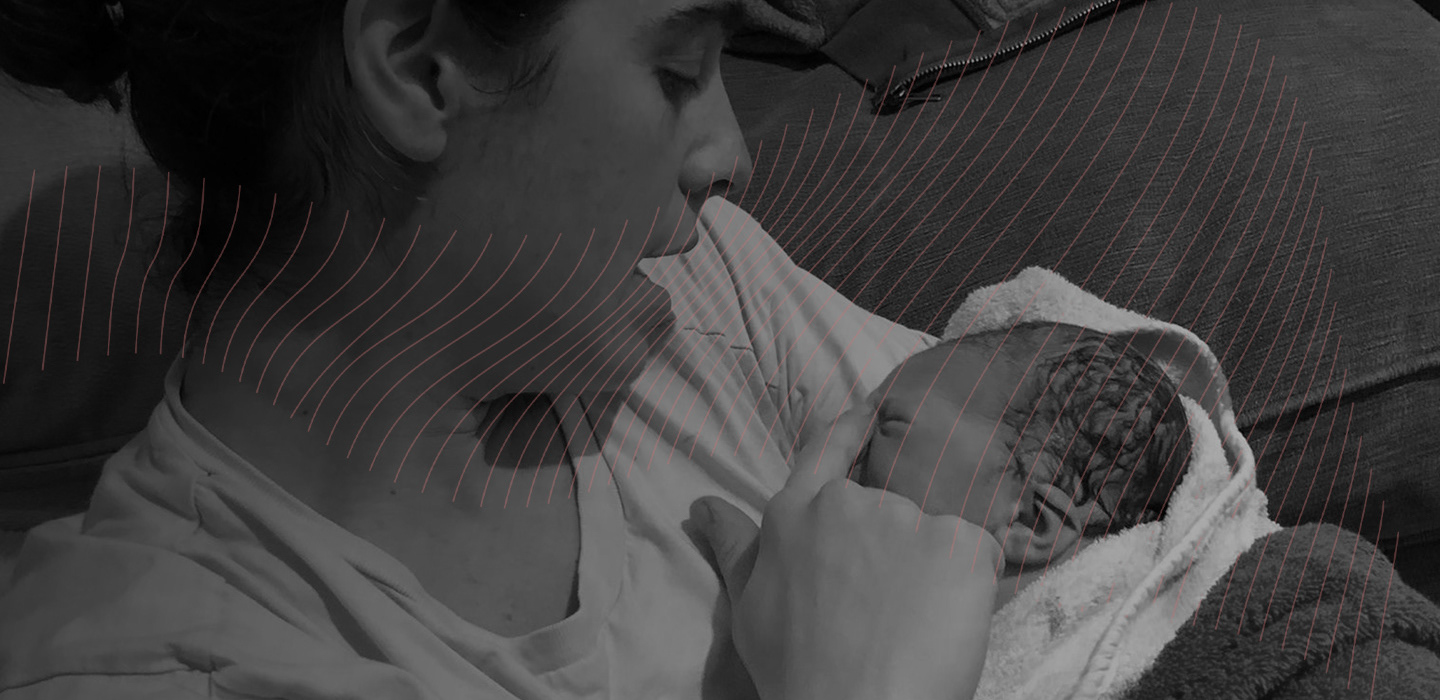
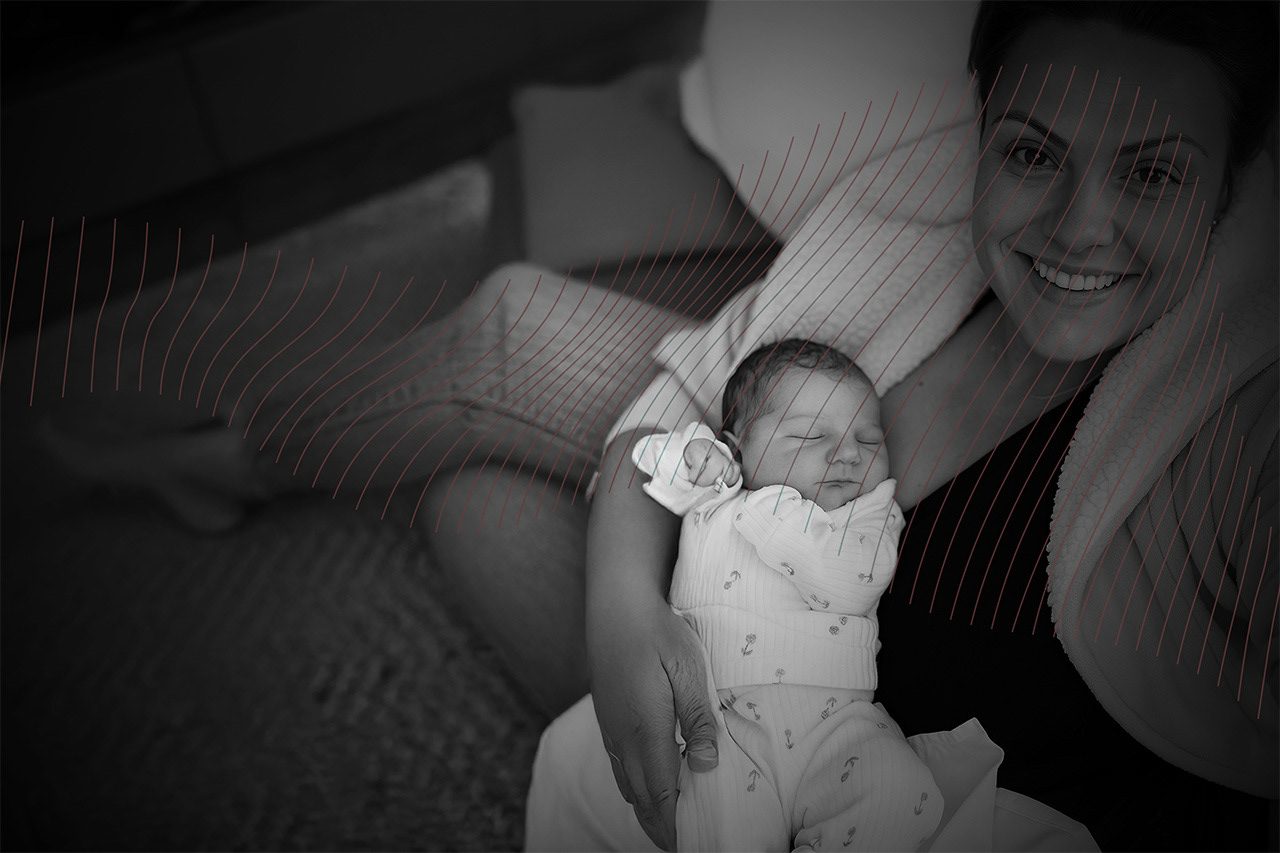
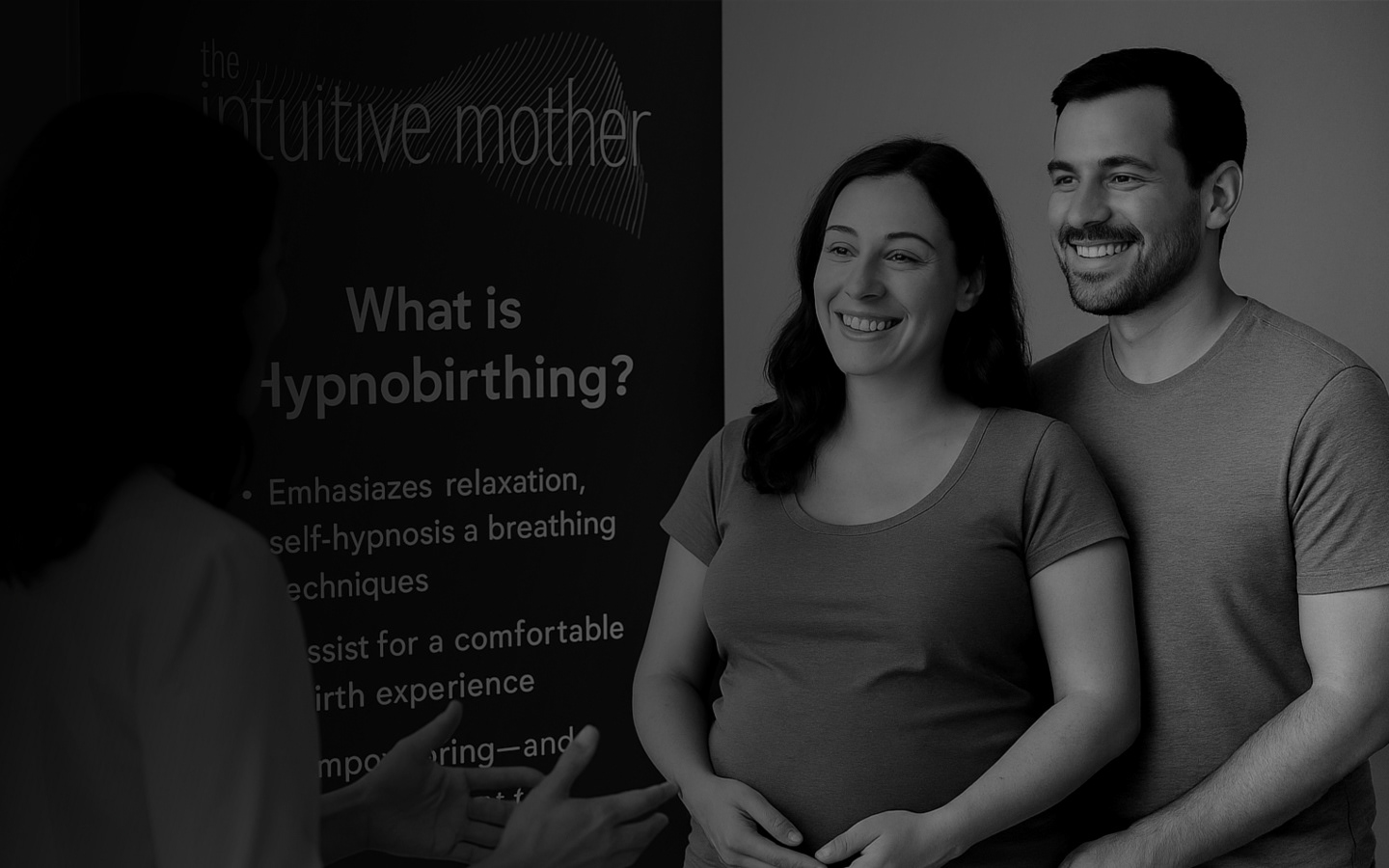
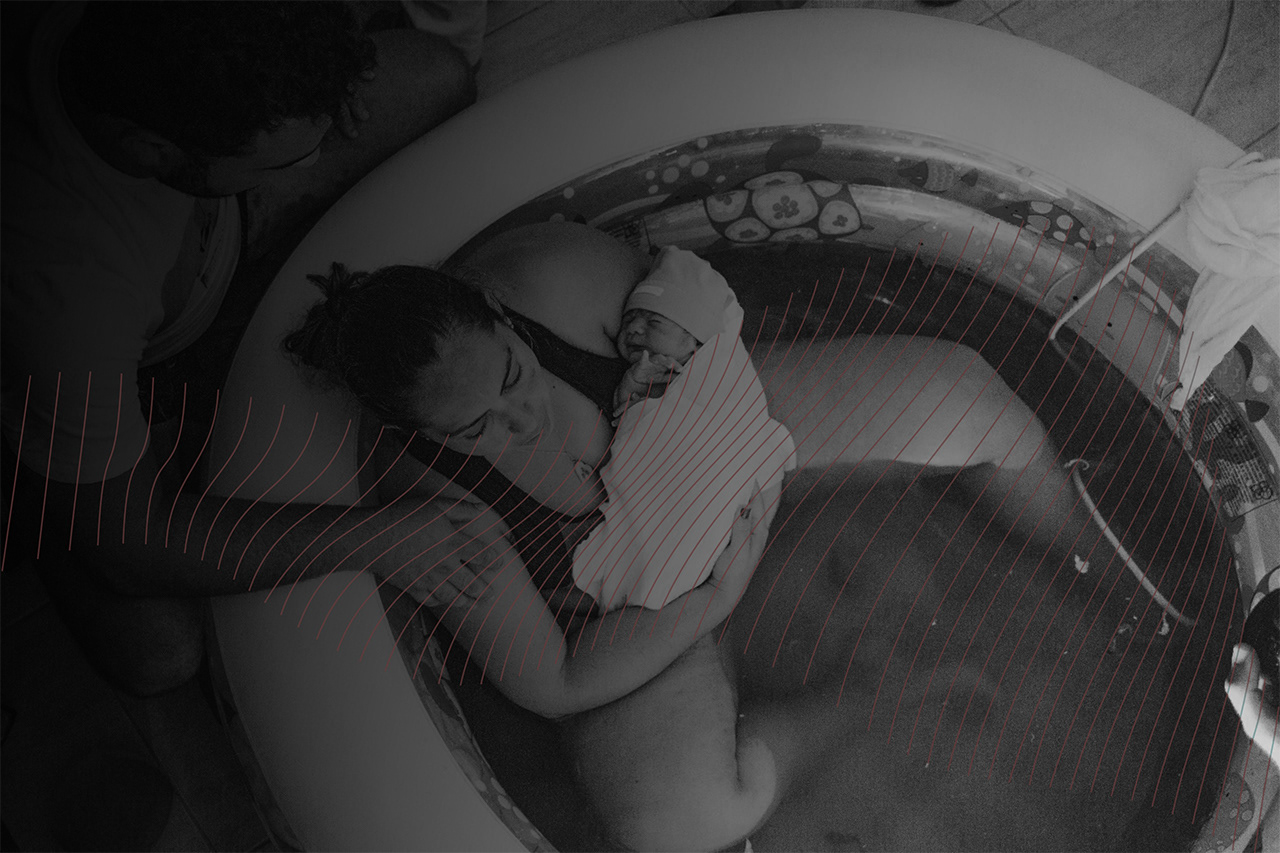
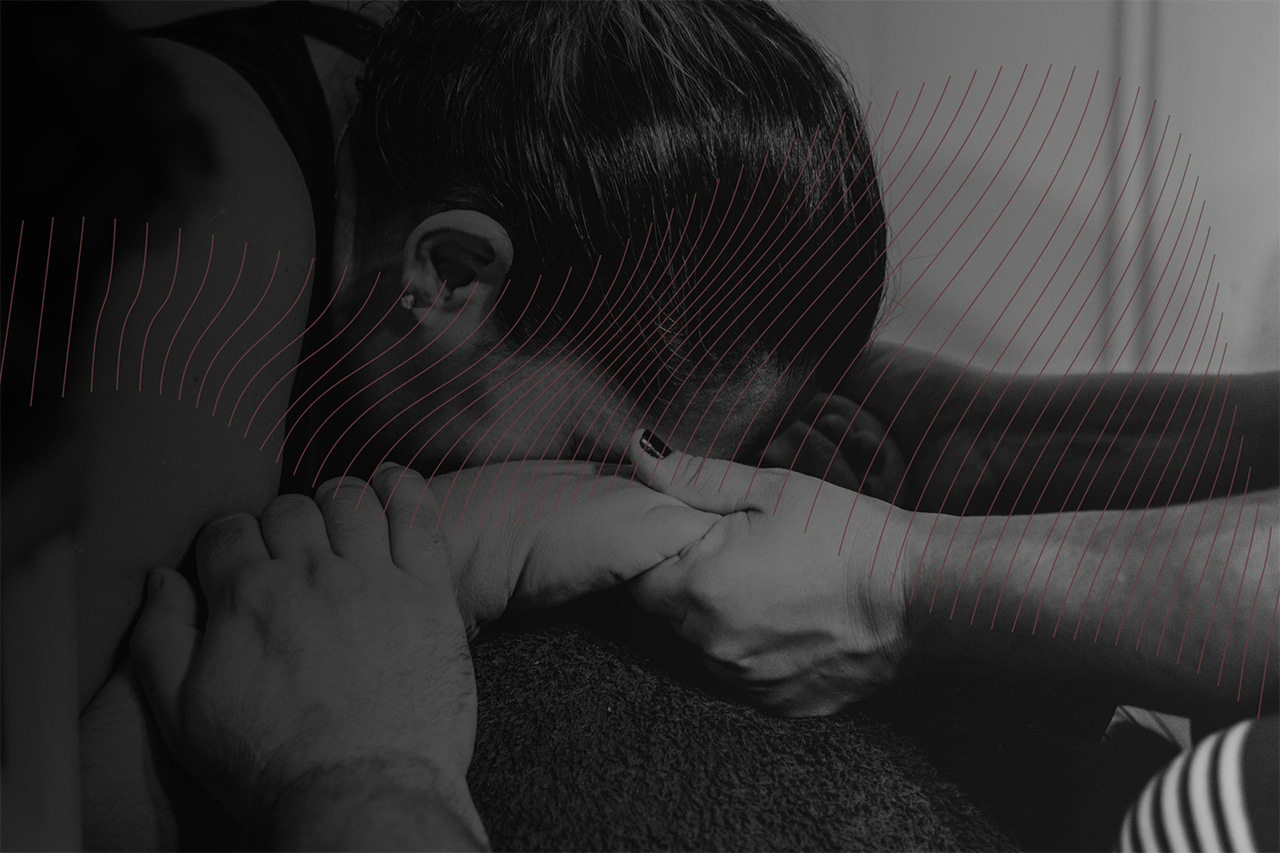
4.
A brand’s visual identity is only half the story—how it speaks is just as important as how it looks. Defining the tone of voice ensures the brand communicates consistently and authentically across all channels. I start by aligning the tone with the brand’s values, audience, and purpose. Is it warm and conversational? Bold and confident? Calm and reassuring? This personality is then translated into practical language guidelines, covering everything from headlines and taglines to messaging on social media and websites. A well-defined tone of voice builds trust, creates recognition, and strengthens the emotional connection between the brand and its audience.
& FINALLY...
Bringing all these elements together—strategy, storytelling, design, and voice—results in a brand that not only looks great but feels purposeful, consistent, and connected to its audience. With the visual identity refined and the tone of voice established, the brand can now be rolled out across real-world applications. From packaging to social media, digital platforms to print, every touchpoint reinforces the brand’s personality and purpose. Below, you’ll find a selection of visuals and the website that showcase the brand in action—evidence of how thoughtful, strategic design can turn an idea into a living, breathing identity.
www.theintuitivemother.org
